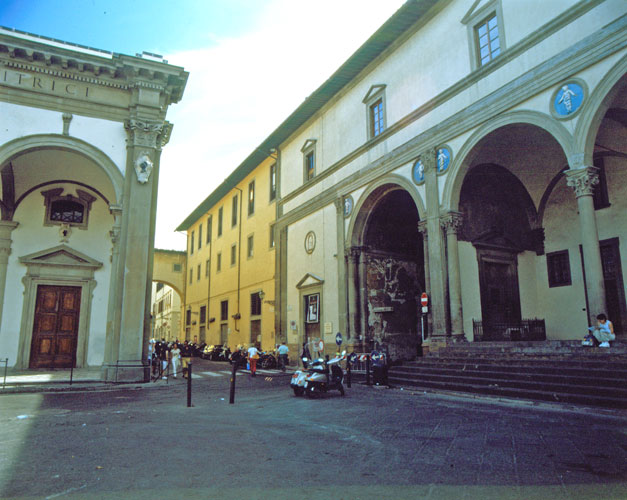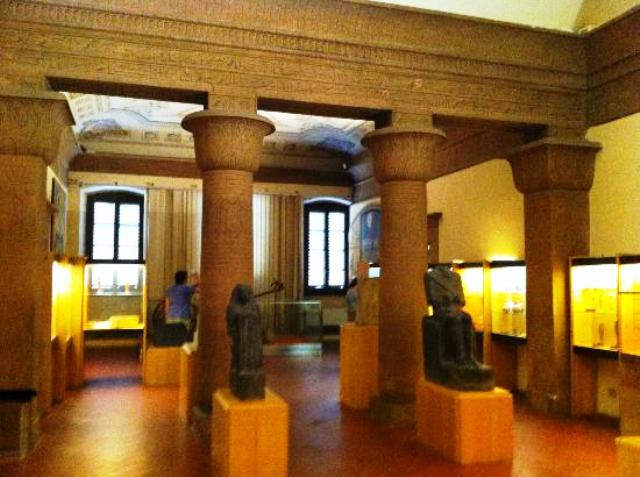MAF - National Archaeological Museum of Florence

The formation of the National Archaeological Museum of Florence, one of the oldest in Italy and today the largest archaeological museum in Italy north of Rome, is part of a phenomenon of European scope: the birth of museums as state institutions related to the formation of modern nations.

Palazzo della Crocetta is located, dating back to 1619-21, when Giulio Parigi, at the behest of Cosimo II, renovating and expanding some buildings of the Medici, made it the residence of Princess Maria Maddalena de 'Medici, Cosimo's sister, suffering from serious physical disabilities.

As part of a wider reorganization program of the city's museums through the dismemberment of the collections of the Uffizi Gallery, the Museum (established by Royal decree of March 17, 1870) was inaugurated by King Vittorio Emanuele II on March 12, 1871 in the cd. “Cenacolo di Foligno”, in via Faenza, with the collections of the Etruscan Museum, which also included the Greek and Roman antiquities of the Medici and Lorraine collections.

The museum collects the best of excavations from all over Tuscany, but also finds from Lazio and Umbria, with very important Etruscan and Roman finds, and collections relating to other civilizations, such as an important Egyptian section and one of Greek vases, many of which found in Etruscan tombs, testifying to the numerous commercial exchanges in the Mediterranean.

Since December 2014, the Ministry for Cultural Heritage and Activities has been managing it through the Tuscany Museum Complex, which in December 2019 became the Regional Directorate for Museums.

Video: MAF - National Archaeological Museum of Florence
Map: MAF - National Archaeological Museum of Florence
Address: Piazza della Santissima Annunziata, 9b, 50121
Firenze (FI) Toscana
Latitude: 43.77655548013441
Longitude: 11.261361837387085
Site: http://www.polomusealetoscana....